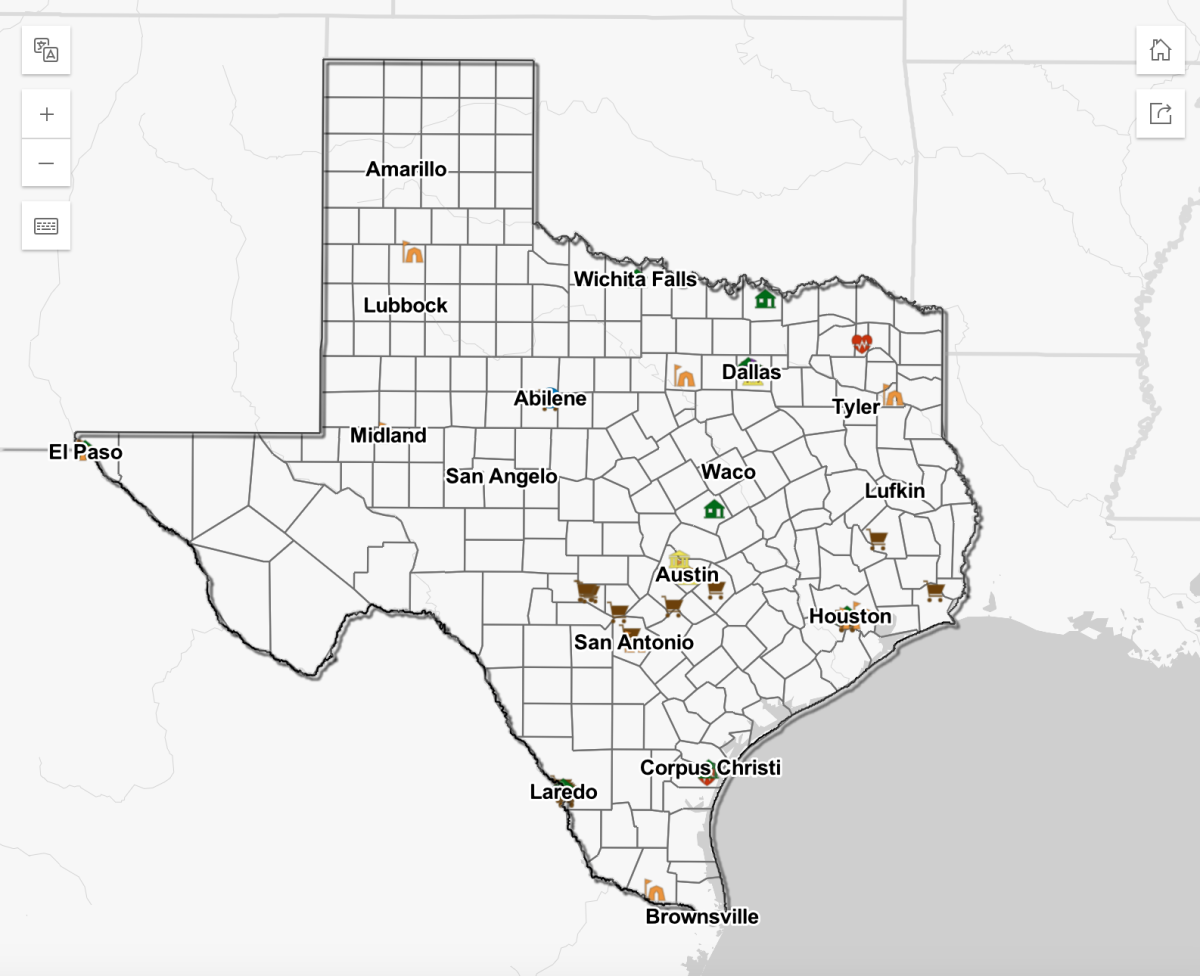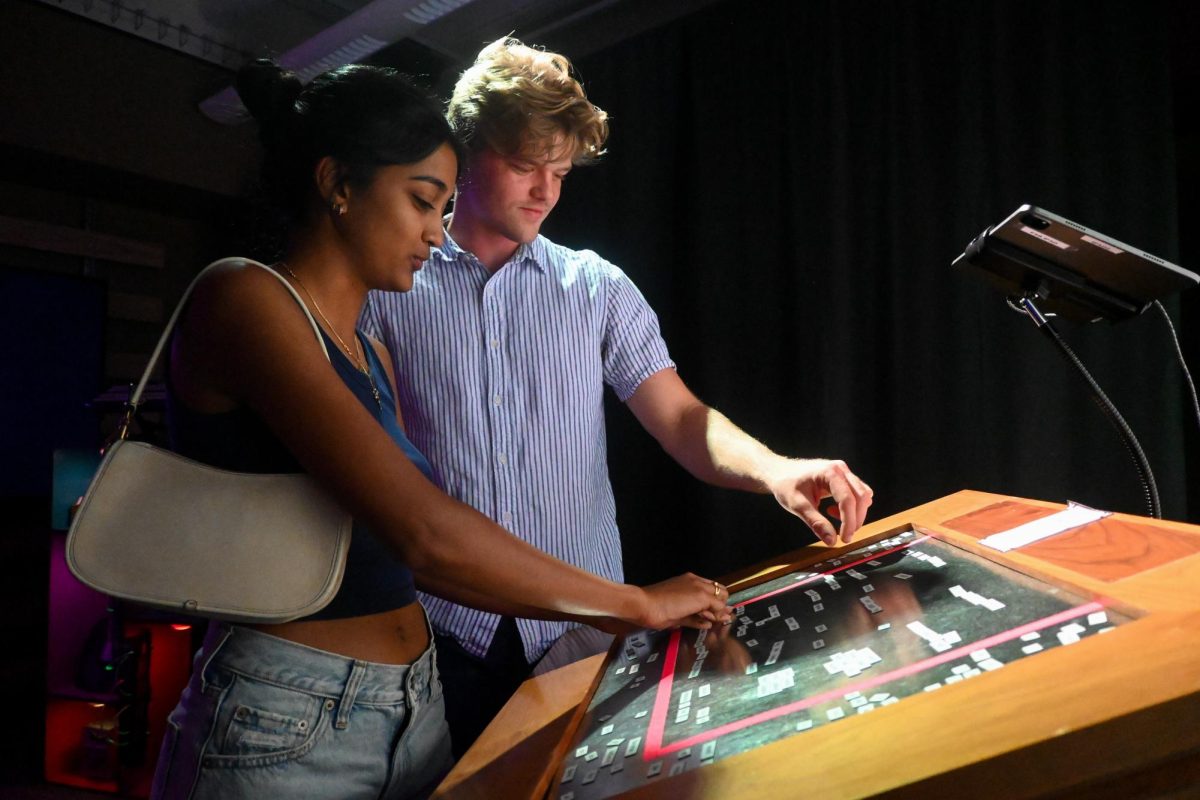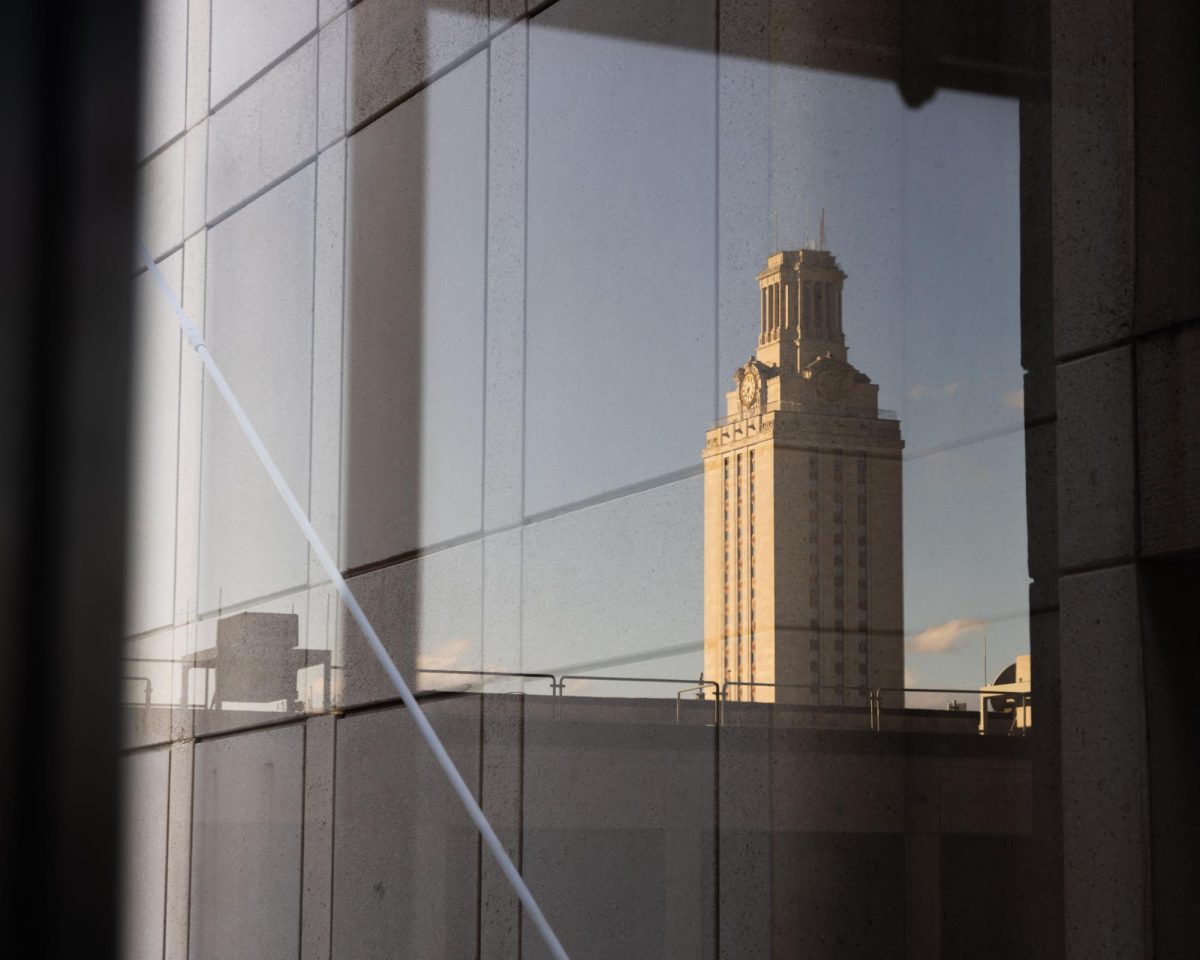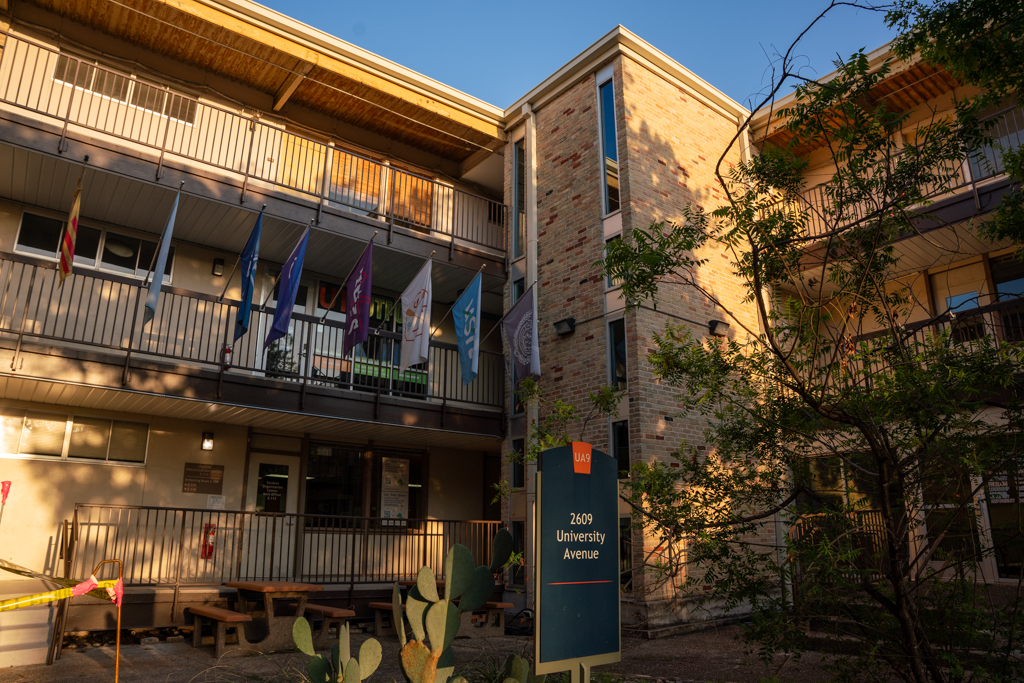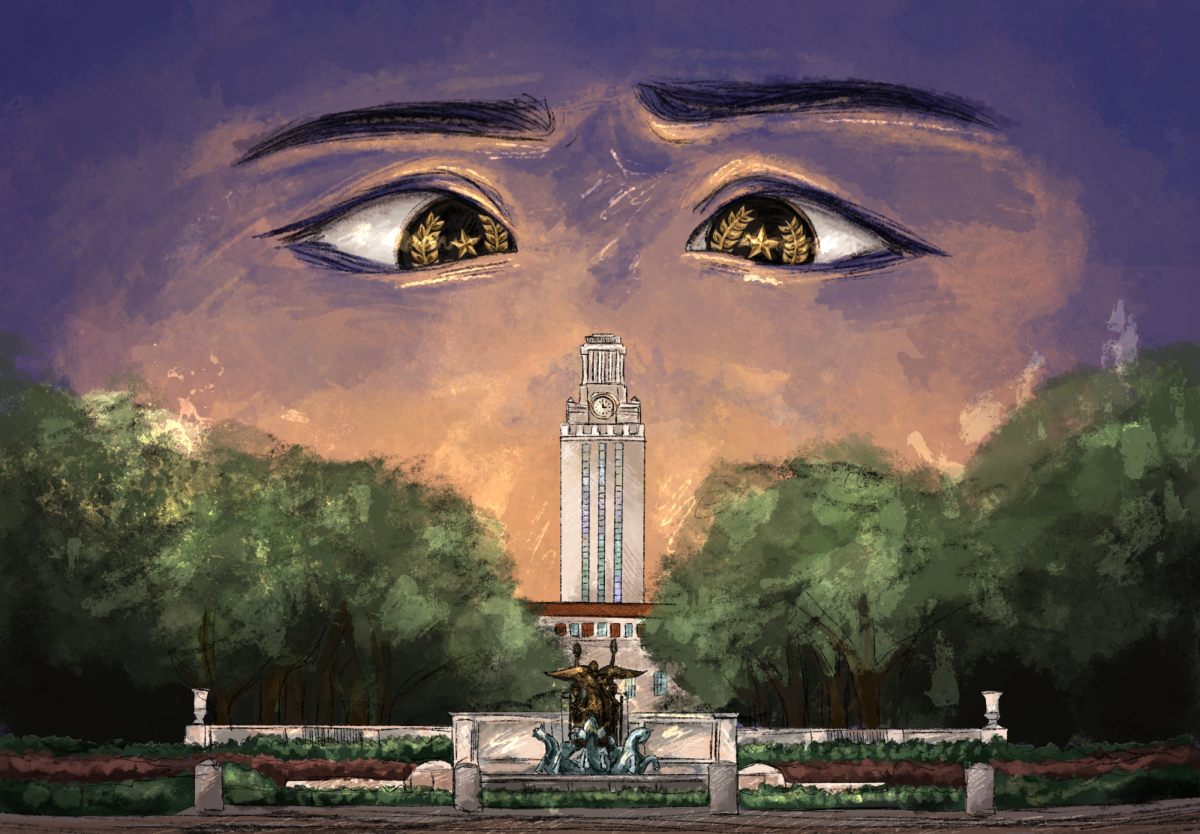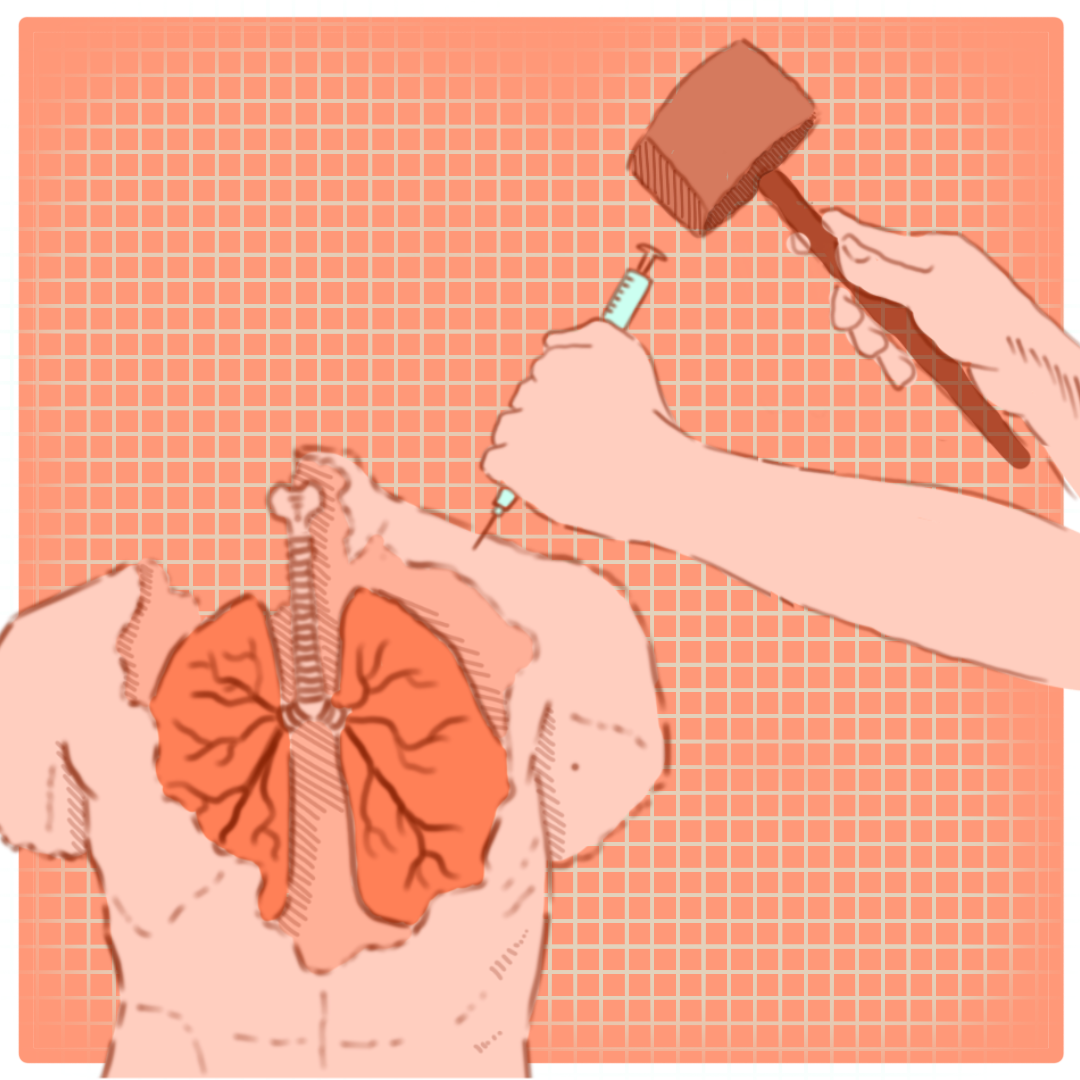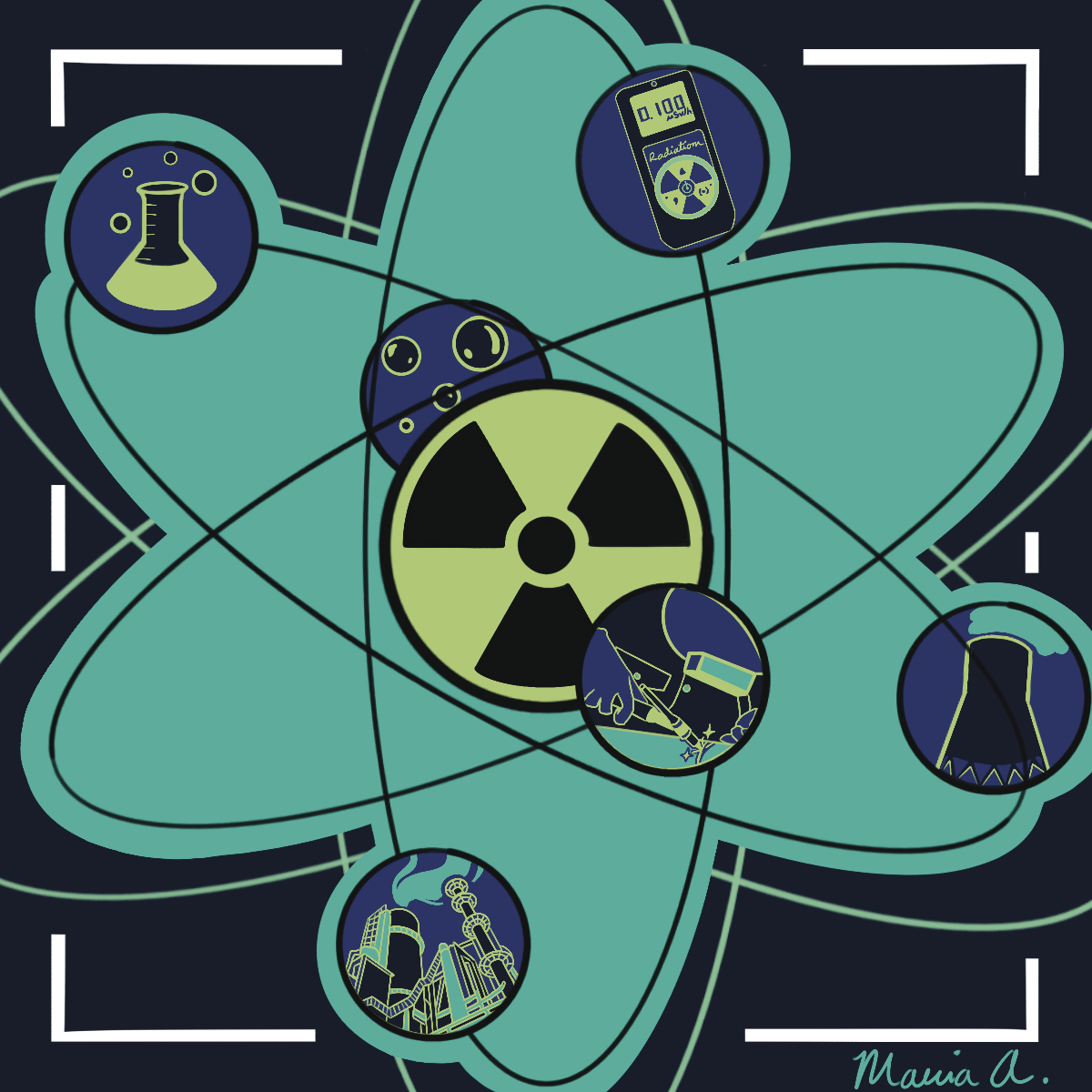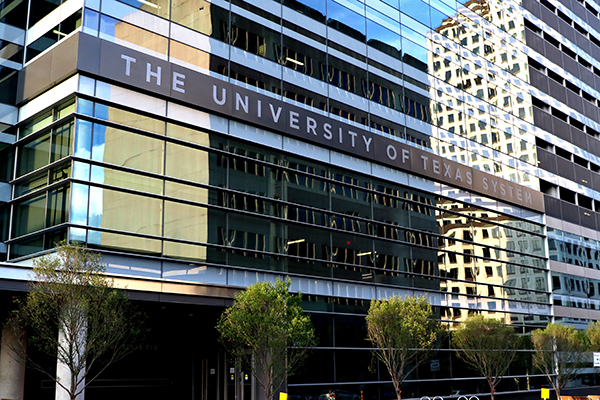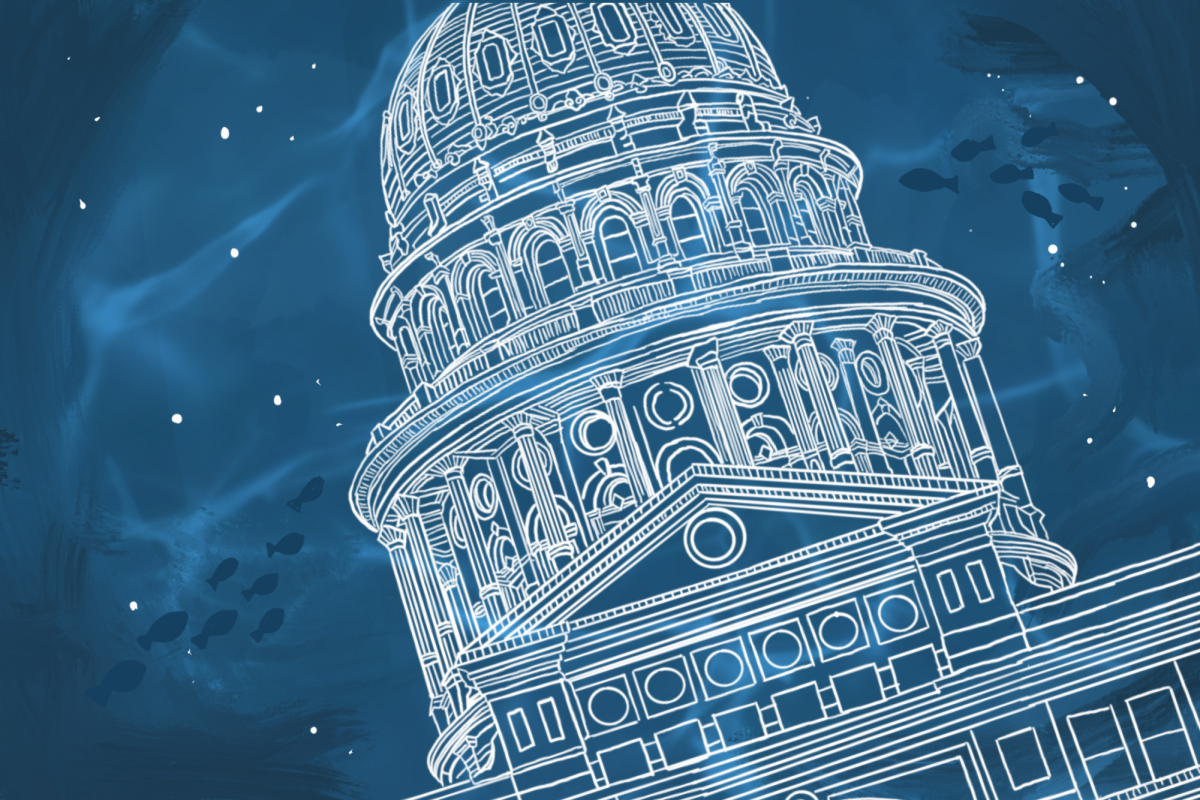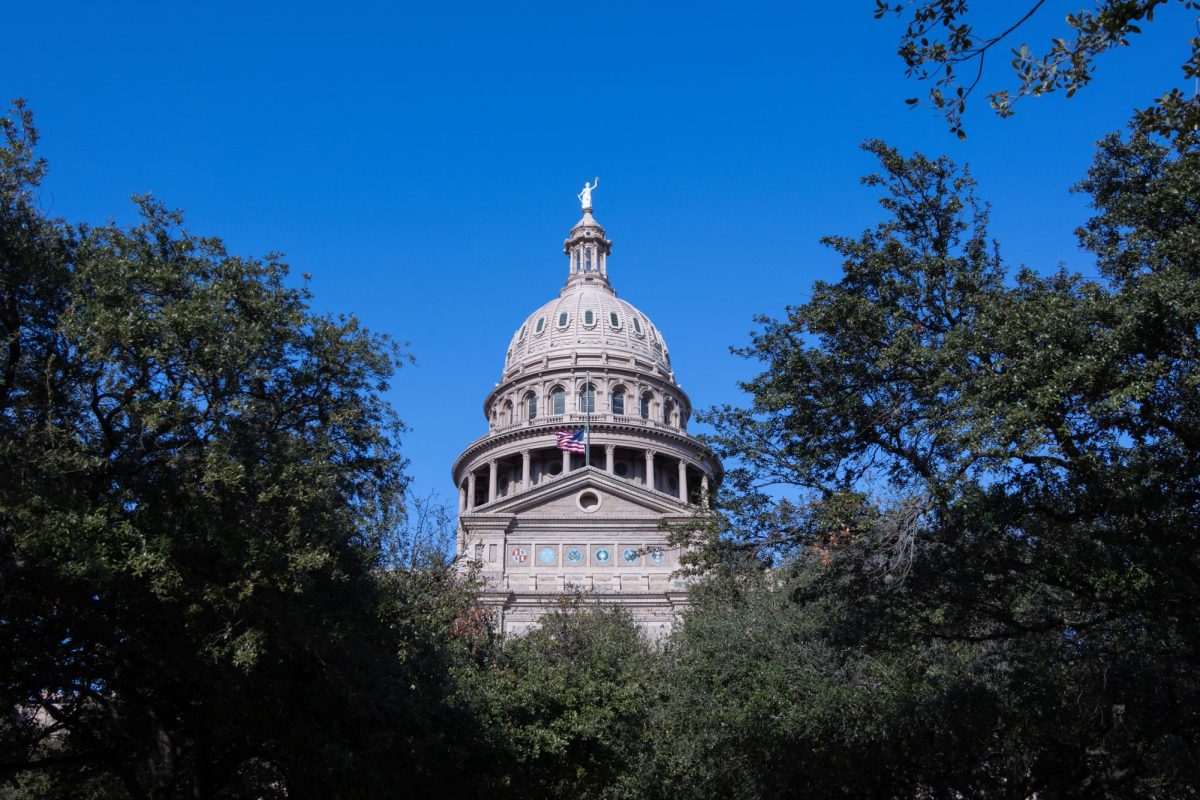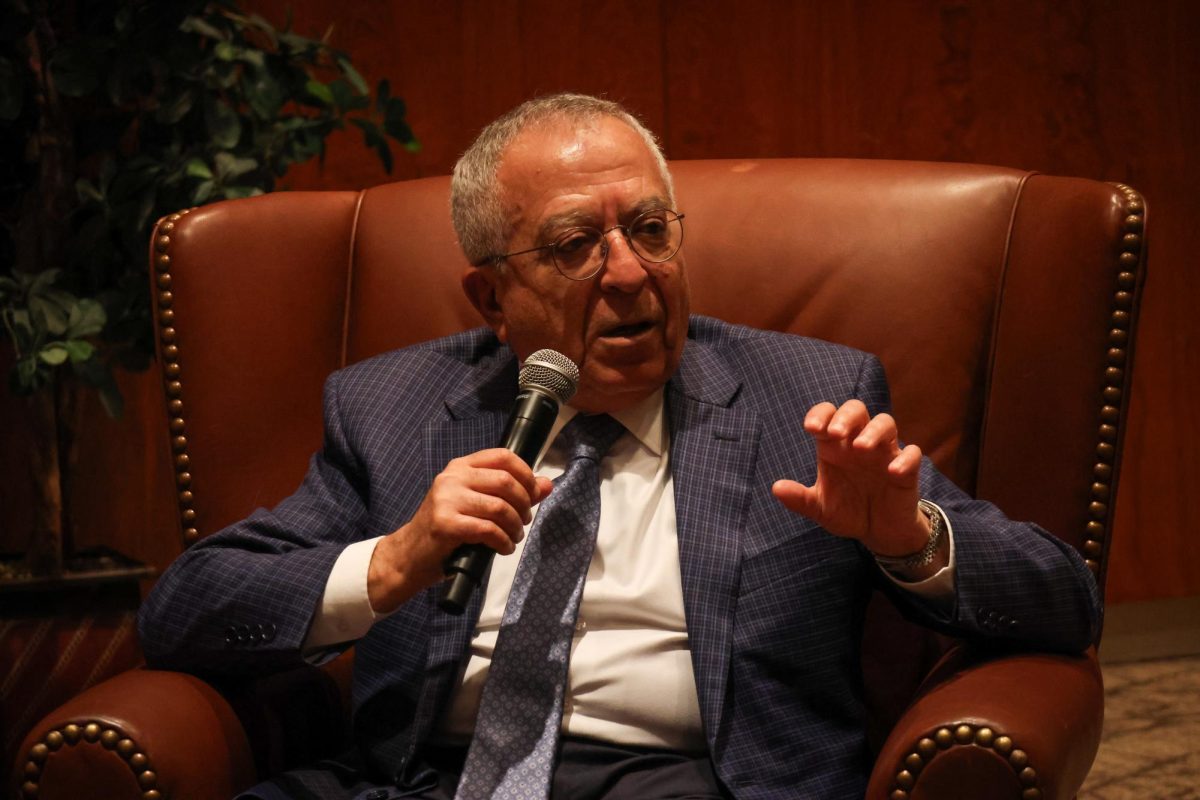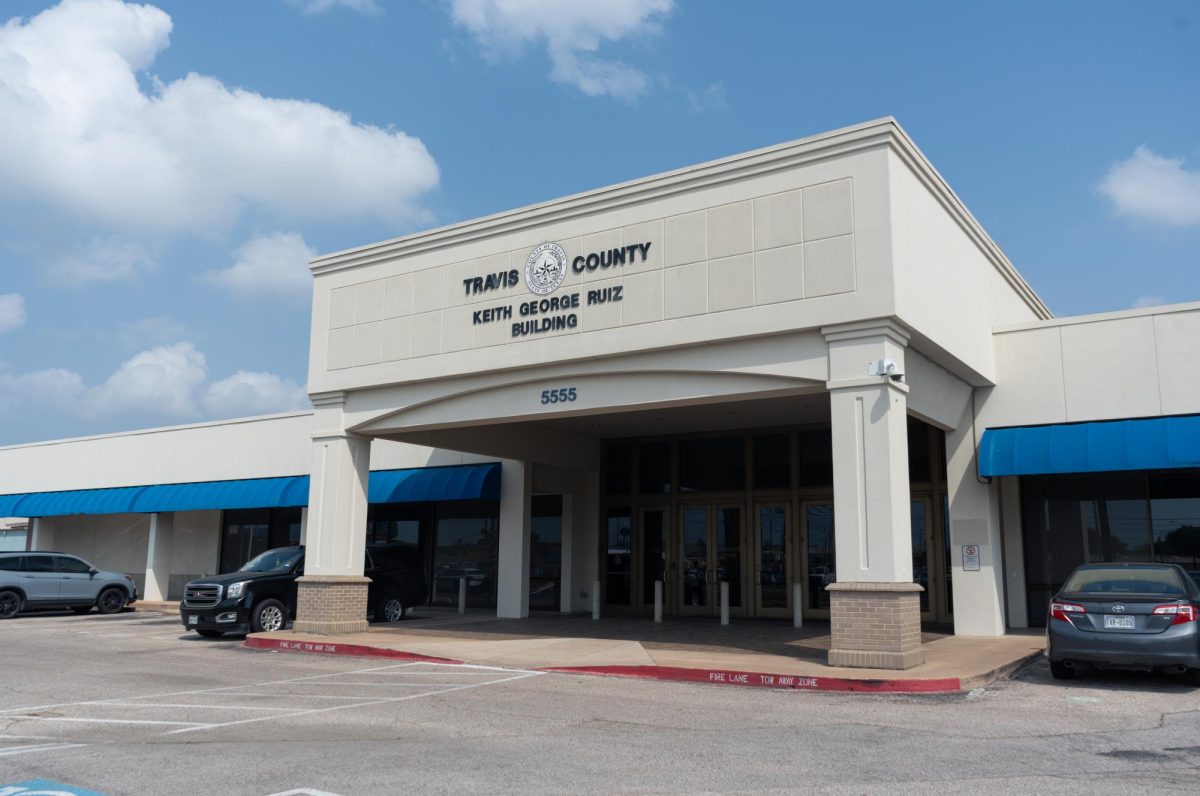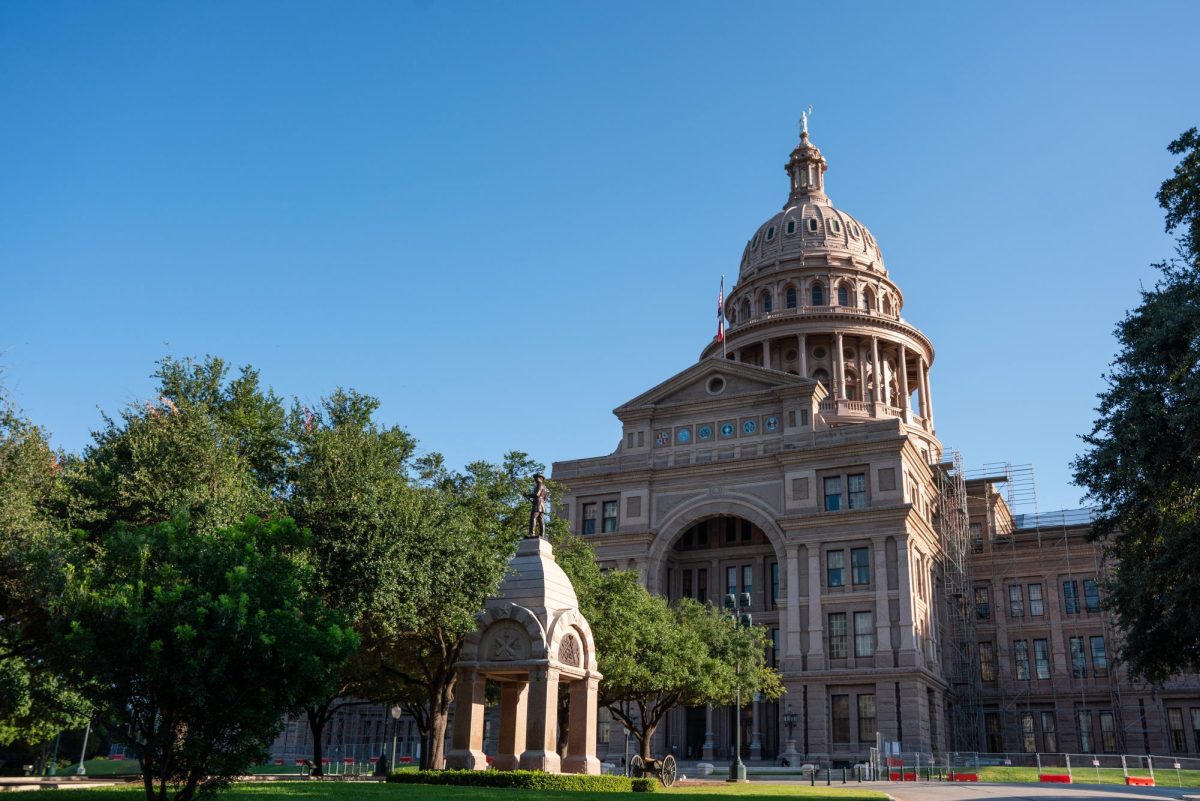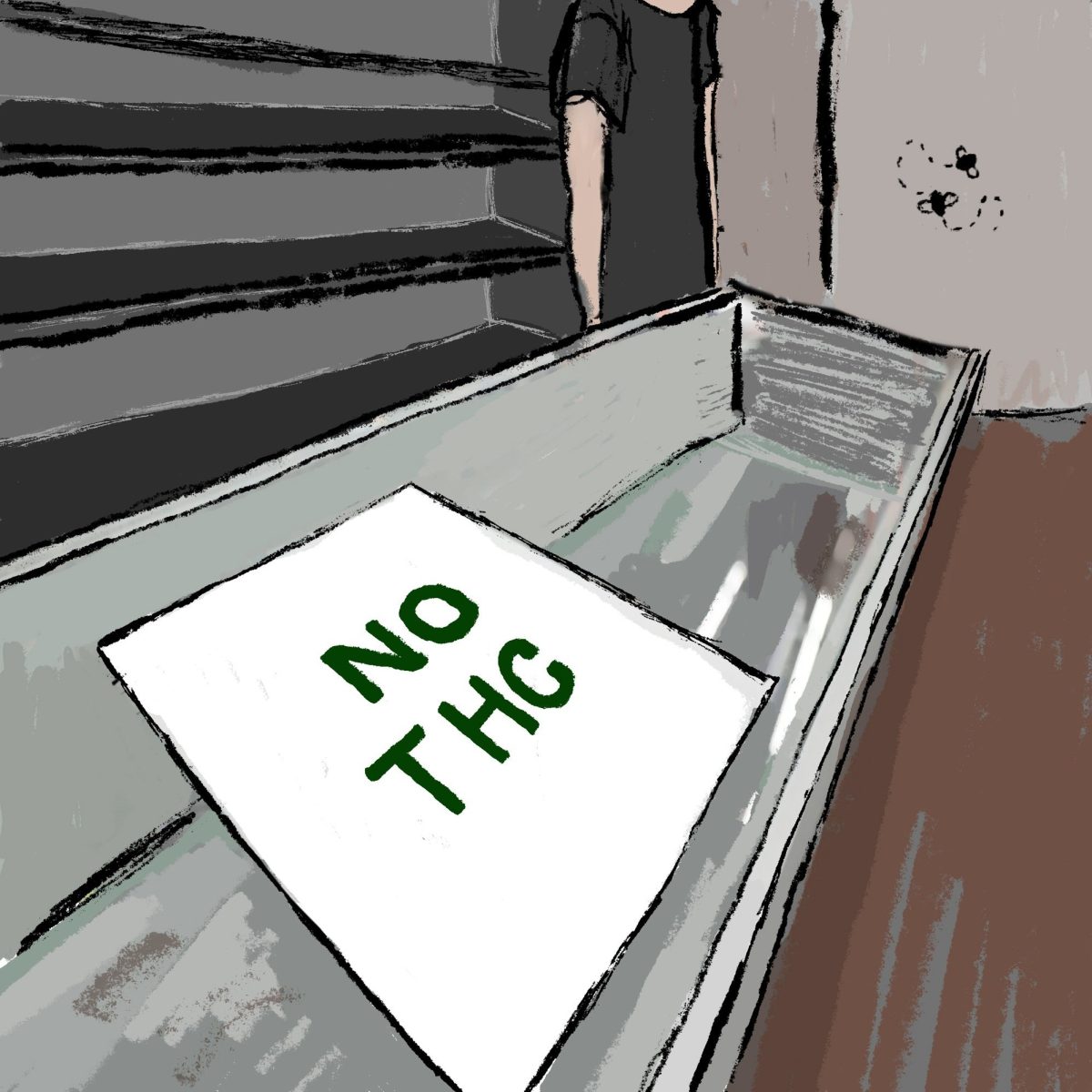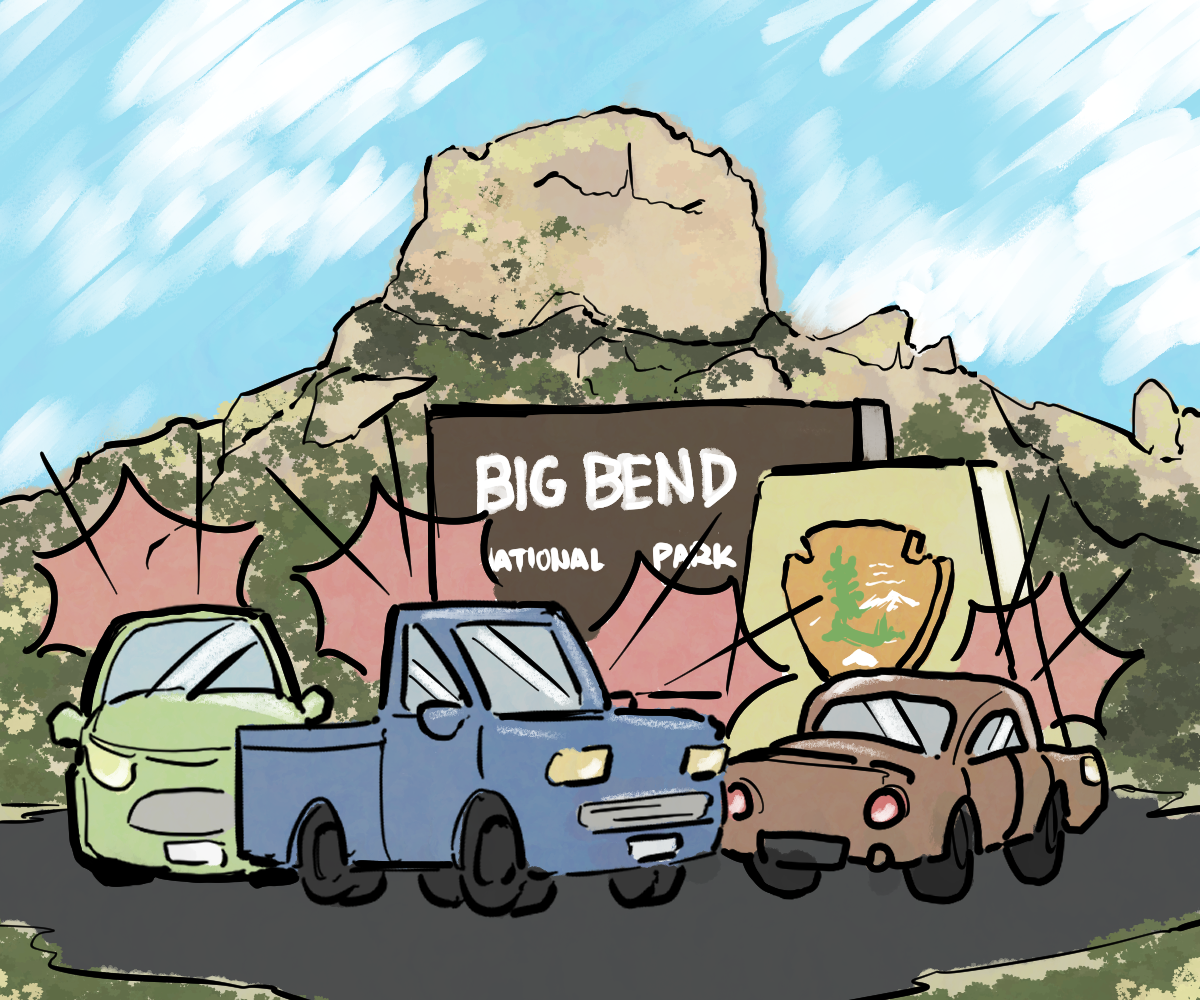A new online interactive map identifies locations where Texans can access naloxone, also called Narcan, which is a medicine that rapidly reverses an overdose, Gov. Greg Abbott announced in a March 26 news release.
“With this new interactive map, Texans will be able to easily find nearby locations that can provide NARCAN by typing in an address or zip code,” Abbott said in the news release. “This is an invaluable tool to ensure that Texans have life-saving medication to protect more innocent lives from being lost to deadly fentanyl.”
The map was developed by the Texas Department of State Health Services as part of the statewide “One Pill Kills” campaign and will be maintained by the department’s Texas Overdose Data to Action Program, according to the news release. Kaylen Lawson, who helped put together the map as a program specialist for the department, said the program also added distribution locations in “resource deserts” where access to naloxone is limited.
Lawson said she researched many different organizations for the map. She said if an organization provided naloxone to the public, she added them to the map, and if they did not, she asked if they wanted to provide it.
“Since we’ve launched the map, we’ve already added 11 new sites,” Lawson said. “We’ve also had seven individuals … who have reached out and said they’re interested in distributing naloxone, so we hope to continue to add more sites to the map, as well as help more organizations learn how to distribute naloxone.”
Lawson said she was most proud of how there are unconventional distribution sites on the map, such as libraries and bookstores.
“It speaks to the accessibility (of the sites) and how Texas is working to reach all Texans,” Lawson said.
SHIFT, a UT initiative to help change the culture of campus substance use, leads Operation Naloxone, which makes Narcan available to students at different campus locations, including residence halls and libraries.
“We don’t have an agenda as to what decisions students make,” SHIFT Director Kate Lower said. “It’s really about cultivating a supportive environment so that you can ask questions (so) that you feel more informed and more empowered.”
Operation Naloxone also has their own interactive map that shows where students can access Narcan across campus and can help student organizations navigate how to use and obtain the medication.
“It’s not about making a decision for somebody,” Lower said. “It’s that if you choose to use, that you have the resources, you have the support, and you have the knowledge and the materials that you need.”

